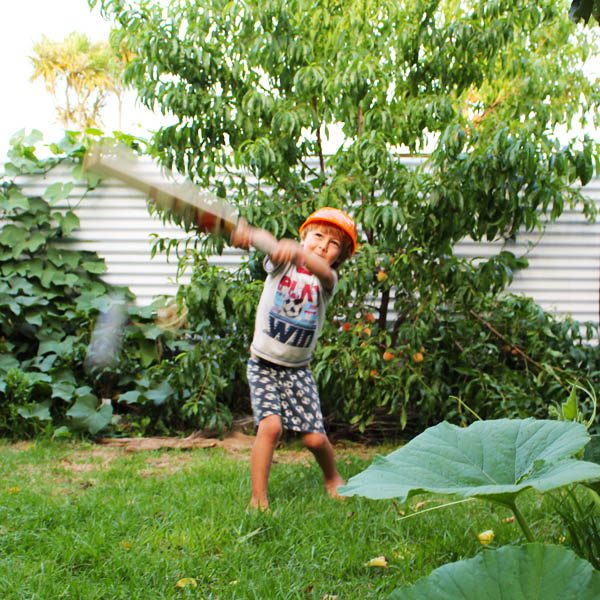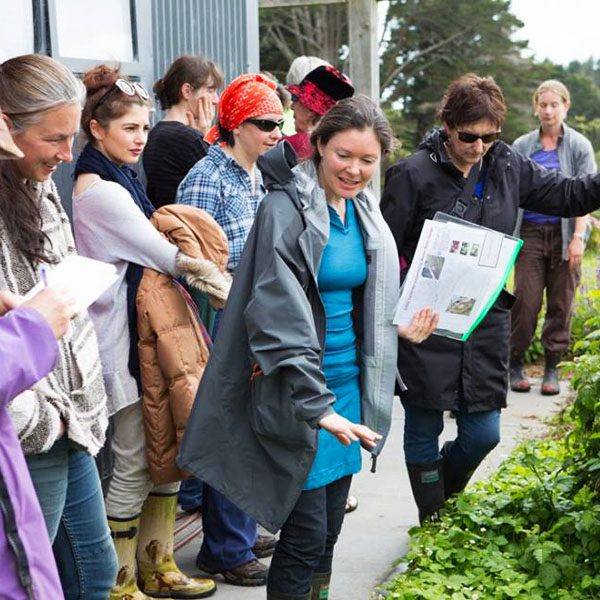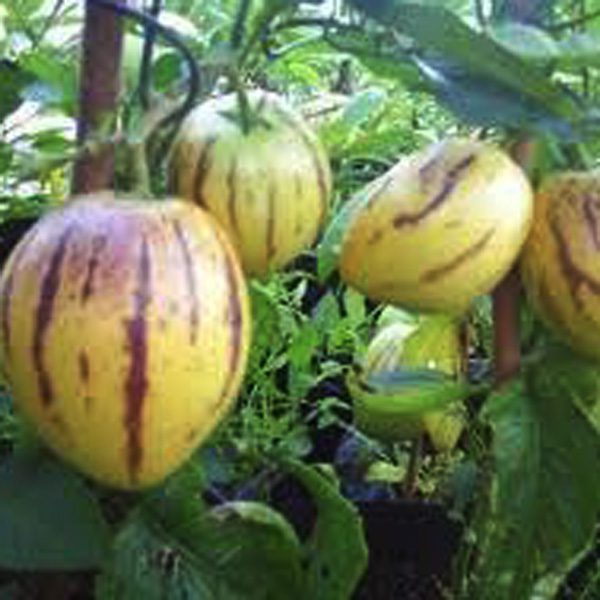Choosing the Right Spot for Your Fruit Trees

Wai-iti Peach, a local variety that was first discovered growing at (you guessed it) Wai-iti. This resilient peach is fruiting now behind the cricket pitch in Rimu’s garden in Fitzroy…
Identifying your site’s “habitats” is the most important factor in matching the right fruit or nut tree to the right spot. By ensuring the plant has as many of the favourable conditions it evolved with as possible, it’s more likely to flourish and furnish you with a crop of fruit, nuts, or berries…writes Bena Denton.
We are lucky in Taranaki because we are able to nurture a delicious range of fruit & nuts, due to our unique topography from mountain to sea, and our lush volcanic loam.
If you are on the coast, then with a bit of planning you can be happily overwhelmed with year-round fresh fruit within a few years. This was bought home to me recently when I presented a talk on food forests in Kapiti and suddenly the location meant only temperate fruit and hardy citrus were relevant. Here in coastal Taranaki we can grow subtropicals (yes we can), citrus, feijoa, guava, mediterranean fruit and nuts, and our favourite temperate fruits like apples, pears, cherries, and plums.
A habitat (sometimes called a microclimate) is characterised by its amount of sun or shade, exposure to wind, its soil & subsoil, exposure to frost, and the amount of moisture in the ground – especially at critical times such as the height of the dry season and the midst of the wet season. Here are some broad habitats we have in Taranaki:

Bena Denton is an Ecological Garden Designer and is part of the GreenBridge team. She lives with her family in Omata and is enjoying regenerating their 10acre property.
- Subtropical Habitat:
Think humid, filtered light, frost-free, still air (little to no wind), moist to wet soil, with a deep litter of mulch to feed the shallow root systems of subtropicals. When Taranaki was forested most of our coast was subtropical and many valleys in urban New Plymouth can easily support these species. A north to north-west facing spot with lots of overhead foilage to buffer strong summer sun and protect from light frosts is ideal. While there is a variation in water requirements for subtropicals, such as a banana’s need for plenty and an avocado’s need for it to be drier, both can grow here, as can macadamia, pawpaw, cherimoya, tamarillo, casana, passionfruit, taro, pepino, and more!
- Temperate Habitat:
Think cooler winters (some chill is required for many temperate fruit and nuts) and moist to very moist soils. Habitats with a higher water table are suited to pears, persimmons, and medlars, while chestnuts prefer a less wet spot, and apples are pretty easy. Temperate fruit and nut trees are generally sited in the lowest, coolest, moistest parts of your site. Being deciduous, they must receive good summer sun, but winter shade is fine for most. Other temperate edibles include plum, kiwifruit, apricot, cherries (try Stella and Tangshe in coastal Taranaki), hazels, gooseberries, and raspberries.
- Mediterranean Habitat:
This is really a sub-group of the temperate habitat but these mediterranean varieties prefer or tolerate drier, bonier soils, with high summer heat needed for ripening. Mediterranean edibles include peach (on peach rootstock), walnut, grape, pinenut, and olive. Olives need a really “mean” soil to do well in Taranaki, think of those Italian coastal sites with olives clinging to the crags.
- Citrus Habitat:
Think all year sun, sheltered (but with good airflow), and moist (but not wet), with plenty of mulch/compost over the shallow roots. Citrus will sit happily on the northern edge of a subtropical planting. In inland Taranaki, position citrus to the north of a building or wall where they can receive the stored heat in winter, which makes all the difference to sensitive citrus like limes.
Rootstock can be a vital component of matching the right tree to the right spot and while we don’t have time to go in depth here, note that by specifying the correct root stock you can often “push” the boundaries of what can grow, where. Talk to your local nursery or invite one of the GreenBridge designers to assess your site.
Nurseries that specialise in fruit and nuts will put out their catalogues shortly, so now is a good time to identify what you can grow, plan the layout of your fruit, nuts, and berries, and order for a late autumn plant. Did you know that the ideal time to plant fruit trees is “in the fall”? Planting in late autumn allows the fruit tree to get a wee bit established before going dormant in winter, and then it will burst forth in spring with a strong foundation.
Habitats and what you can grow in them is a complex interplay between soil moisture, solar access, wind effects, chilling, thermal mass effects, and length of season. Talk to your neighbours and see what they are growing successfully – and share some of your excess lemons with them at the same time!

This happy pipino is growing in Kama’s subtropical garden, next to a grey water soakage area, in Glen Park.

